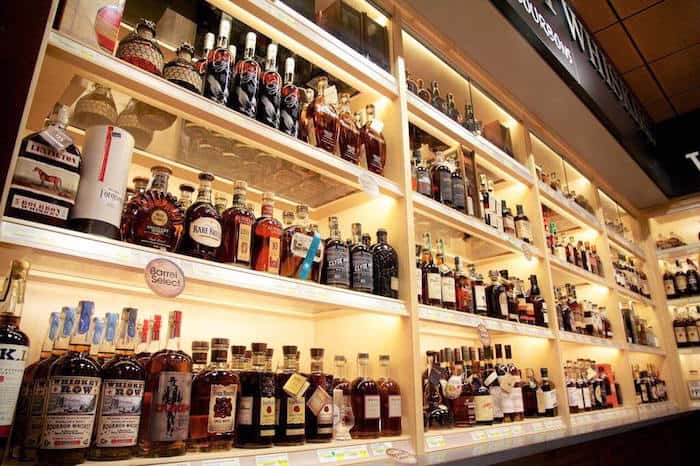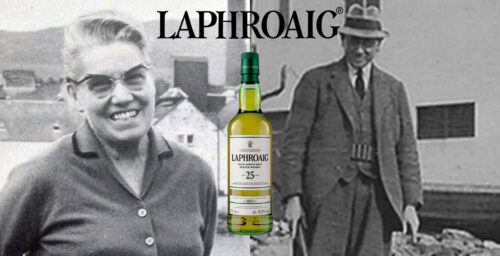My favorite Bourbon toast is, “To bourbon whiskey, amber liquid, sweet and dear, not as sweet as a woman’s lips, but a damn bit more sincere.”
While working on the second edition of the Bourbon Tasting Notebook with Susan Reigler, I have noticed very few bourbons recently that have that true amber color. The redness is replaced by more of a pale yellow straw color. This is true even in the older bourbons that are 10 years or older. So what is causing this decline in bourbon color?
Twenty-five years ago when I first started noticing such things, even bottles with a seven-year age statement were amber in color. I know now that is partially because distillers had a large percentage of older whiskey in the mix back when there was an abundance of whiskey from which to choose. Older whiskeys were blended with younger whiskeys since the market for older whiskeys just wasn’t there yet. The 7-year-old Weller from that era had a large percentage of bourbons from eight to 15 years old in the bottle. That would account for the rich amber color, but even younger bourbons of that era, which were truly 4 to 6 years old, had that amber color but don’t today. So while consumer demand for older whiskeys keeps less of for blending with younger whiskeys, I suspect that’s not the only reason behind the color decline.

Many deride chill-filtered bourbon because it can remove some color and flavor from whiskey. Yet chill filtering was done in 1991, when I started at United Distillers, and its bottled whiskeys still bore deep amber color. So have producers increased the amount of filtering done in the last 25 years? I don’t think so. But maybe advanced filtration technology could account for the reduced color in the final product. Still, it’s not the only potential culprit.
Aging practices may also be a contributor to the decrease in color. More and more bourbon barrels are being stored upright on palates instead of on their sides in true rickhouses. When you store a barrel on a palate with its head up, you lose that flavor and color contribution from the barrel head as evaporation lowers that liquid away.
Barrel heads also are important to the aging process since they are less heavily charred and contain more toasted wood than the staves. Since the head’s wood is thinner than stave cuts, the red layer is closer and more accessible to the liquid. Standing it up on end mean you might as well have a plastic head in that barrel for all of the contribution it is giving to the whiskey. This definitely impacts flavor and the color in younger whiskeys using palletized warehouses. Yet again, this is not the only reason I’m seeing more straw colored modern whiskeys.
Barrel entry proof has to be the next factor to be examined. The maximum barrel entry proof for bourbon was increased from 110 to 125 in 1964, partly to decrease the number of barrels distilleries had to use. But distillers did not make the increase for many years after the change in regulation. Many gradually stepped up the entry proof over the next two decades to lessen the impact on the flavor profile presented to the consumers. There was significantly more lower-entry proof bourbon bottled in 1991 than there is today.
If you look at the color of lower-entry-proof whiskeys, I think you will see more amber color in those products. Among them are names like Michter’s, Woodford Reserve and Maker’s Mark. Lower entry proof means there is more water in the barrel. And since water dissolves wood sugars better than alcohol, more caramelized sugar found in the red layer of wood is dissolved into the bourbon during aging. But since a lot of color comes tannins, too, perhaps water does a better job than alcohol at dissolving them as well.
It is my belief that there is no one reason for the decline of amber color in today’s bourbon. It is most likely a combination of factors contributing to this decline. In the modern world of accountant-controlled distilleries, where every cost saving method is used to make the product as cheaply as possible, distilleries have been pretty resistant as a whole to cutting corners as a cost savings method. Even so, there are practices that save them money and impact the flavor of the product in many different ways, making it a lighter product in color. It will be interesting to see if the new smaller distilleries create a product more like the products of the past and create a demand in the market, forcing big distilleries to re-examine their cost saving measures.









